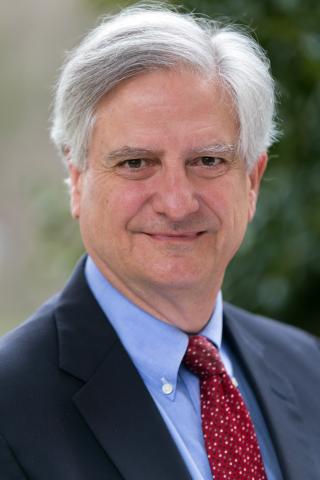The Screwy City Election Schedule
Published for Coates' Canons on November 01, 2011.
In even-numbered years, it’s pretty easy to tell when elections will happen. In May of 2012, for instance, there will be primary elections for congressional seats and North Carolina legislative seats and governor and attorney general and judges and county … Read more
The post The Screwy City Election Schedule appeared first on Coates’ Canons NC Local Government Law.
Public Officials - Local and State Government Roles
Topics - Local and State Government



